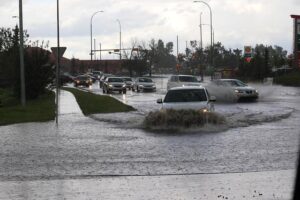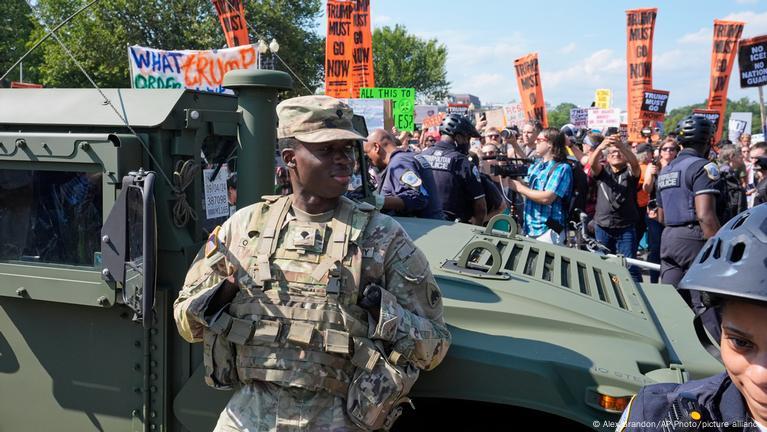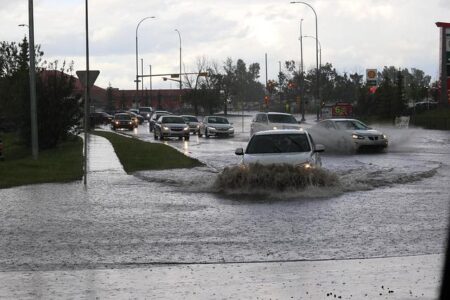Enhanced Security Measures in Washington D.C. Supported by Republican-Led States
In response to rising security concerns and anticipated demonstrations in Washington, D.C., six Republican-governed states have collectively dispatched around 1,100 National Guard personnel to bolster law enforcement efforts. This deployment is part of a comprehensive security strategy aimed at safeguarding the nation’s capital amid heightened political tensions and intelligence warnings of potential unrest. The governors of Texas, Florida, Georgia, Arizona, South Carolina, and Indiana have publicly affirmed their states’ contributions, highlighting the critical need to uphold public safety during this volatile period.
These National Guard units will be engaged in a variety of security tasks, including managing crowds, securing perimeters, and maintaining rapid response capabilities. Coordination will be overseen by federal agencies to ensure seamless integration with Capitol Police operations. The following table details each state’s troop allocation and primary responsibilities:
| State | Troop Deployment | Main Security Function |
|---|---|---|
| Texas | 300 | Perimeter Defense |
| Florida | 250 | Rapid Reaction Units |
| Georgia | 200 | Crowd Management |
| Arizona | 150 | Surveillance and Reconnaissance |
| South Carolina | 100 | Access Control and Checkpoints |
| Indiana | 100 | Logistical Support |
Political and Security Dimensions of State National Guard Deployments
The mobilization of over a thousand troops from Republican-led states to Washington, D.C. signals a notable evolution in the relationship between state governments and federal authorities. This initiative not only aims to enhance security but also reflects a strategic assertion of influence by these states amid a politically charged environment. By deploying their military resources, these states are actively shaping the national security landscape and demonstrating their commitment to maintaining order.
Several strategic considerations emerge from this deployment:
- Heightened Federal-State Dynamics: This action intensifies the dialogue and potential friction between state and federal jurisdictions, possibly redefining future collaborations or conflicts involving military support.
- Symbolic Political Messaging: The troop presence serves as a tangible expression of these states’ political resolve, sending a clear message to federal leaders and the public alike.
- Operational Coordination Challenges: While joint efforts are essential, questions arise regarding command hierarchies and the harmonization of orders between state National Guard units and federal law enforcement agencies.
| State | Troops Deployed | Underlying Strategic Goal |
|---|---|---|
| Texas | 350 | Strengthening border security |
| Florida | 250 | Political support reinforcement |
| Arizona | 200 | Emphasizing law enforcement |
| Georgia | 150 | Protecting state interests |
| Alabama | 100 | Backing federal security measures |
| Mississippi | 50 | Strengthening regional alliances |
Debates and Issues Surrounding National Guard Deployment
The activation of National Guard forces from these Republican-led states has sparked significant debate over the militarization of domestic security operations. Critics caution that such deployments risk politicizing the National Guard, which traditionally serves in disaster relief and emergency support roles. Concerns have been raised about the transparency of the decision-making process, the legal authority underpinning these activations, and the potential strain on troops and their families, especially when deployed far from home.
Major points of controversy include:
- The potential weakening of civilian oversight in favor of partisan objectives
- Unclear command and control structures leading to operational confusion
- Financial implications for states funding these deployments
- Impact on local communities due to reduced National Guard availability
| State | Troops Deployed | Primary Controversy |
|---|---|---|
| Texas | 300 | Budgetary pressures |
| Florida | 250 | Political influence concerns |
| Arizona | 200 | Command chain ambiguity |
| Georgia | 180 | Troop preparedness |
| Ohio | 100 | Morale and welfare issues |
| Alabama | 70 | Public opposition |
Enhancing Collaboration Between Federal and State Security Forces
To optimize security operations during critical events, it is essential to establish robust coordination mechanisms between federal and state agencies. Effective communication channels must be prioritized to prevent redundant efforts and ensure that intelligence is shared promptly and accurately. The creation of joint command centers, staffed by representatives from both federal and state entities, can facilitate real-time information exchange and improve operational responsiveness.
Additionally, implementing uniform protocols for the activation and demobilization of National Guard units across states will promote consistency and predictability. This includes harmonized rules of engagement, joint training exercises, and transparent accountability measures. The table below outlines key components for successful federal-state security collaboration:
| Component | Federal Responsibilities | State Responsibilities |
|---|---|---|
| Intelligence Sharing | Centralized data management | Local threat identification |
| Command Structure | Strategic leadership | Operational execution |
| Training | Setting standards and conducting drills | Applying training and providing feedback |
| Rules of Engagement | Policy development | Implementation and adherence |
Adopting these measures will help synchronize security efforts, minimize jurisdictional conflicts, and enhance the overall safety of citizens during periods of heightened risk.
Conclusion: Security Deployments and the Path Forward
As Washington, D.C. braces for potential unrest, the deployment of approximately 1,100 National Guard troops from six Republican-led states highlights the intensifying security challenges facing the capital. Authorities remain vigilant, striving to balance the imperative of maintaining order with the complexities introduced by political divisions. The effectiveness of these deployments and their influence on the national security environment will become clearer in the coming days, shaping future approaches to managing domestic security threats.







